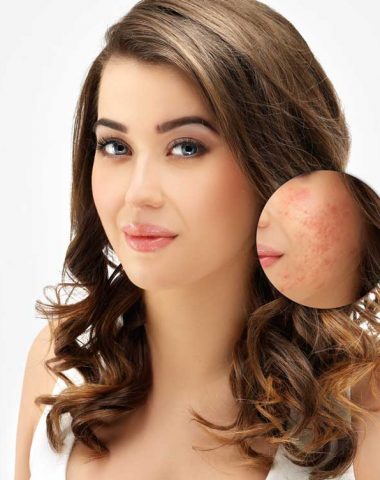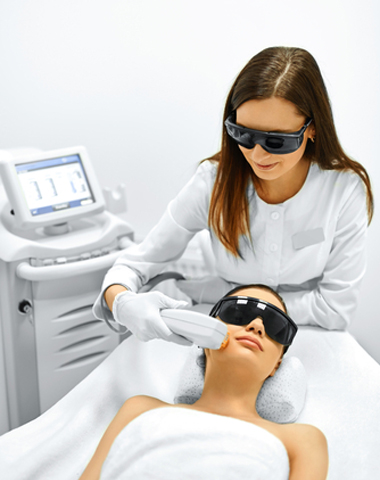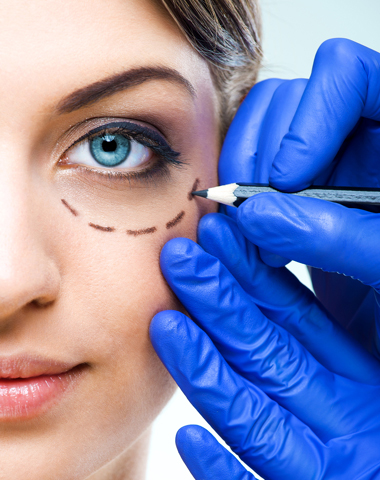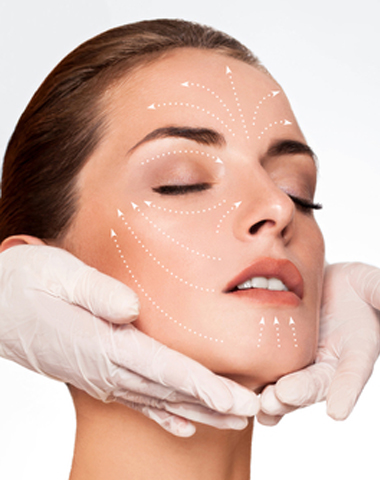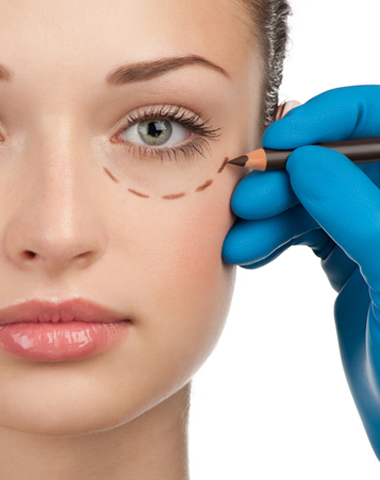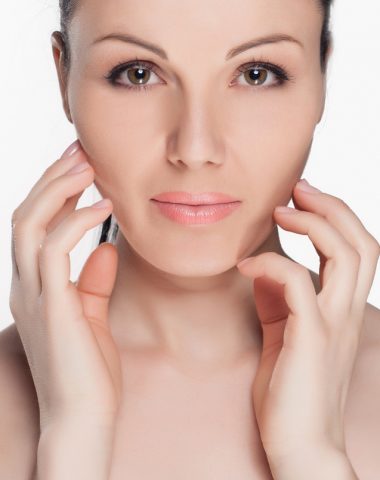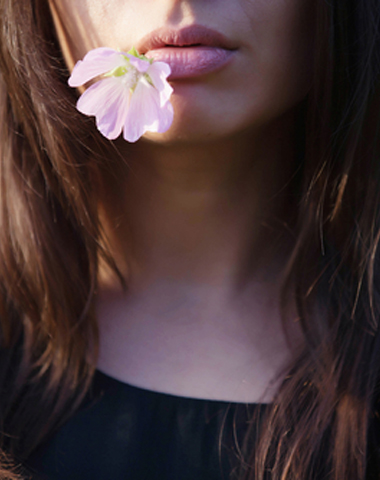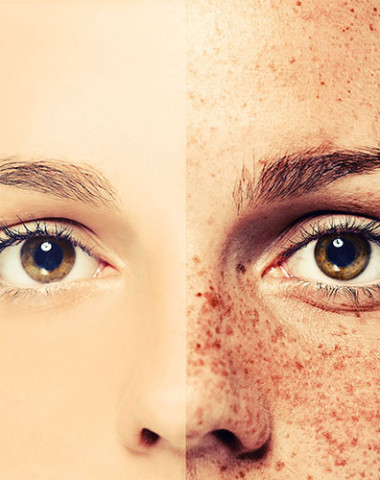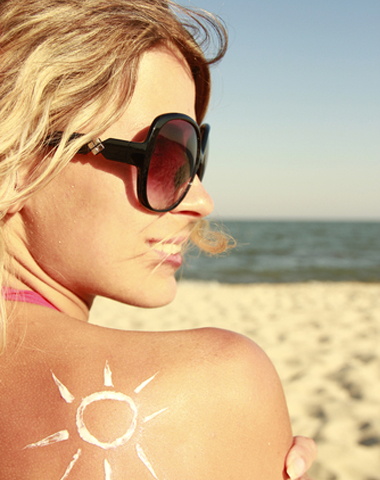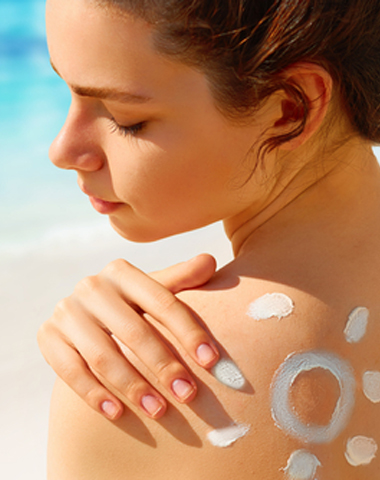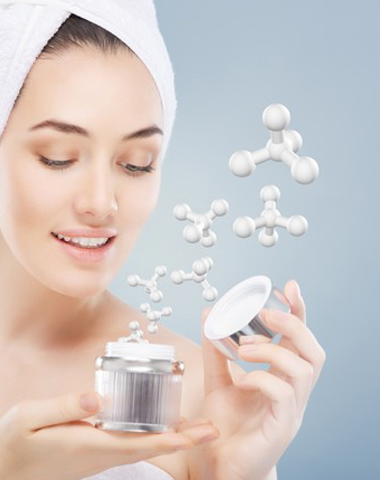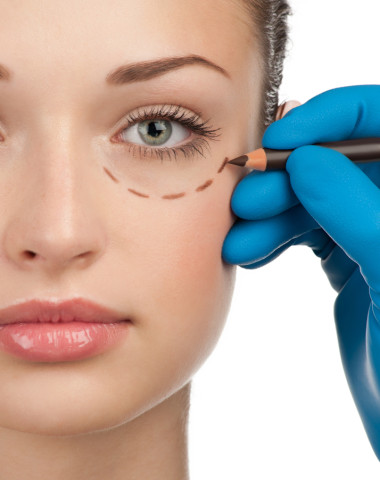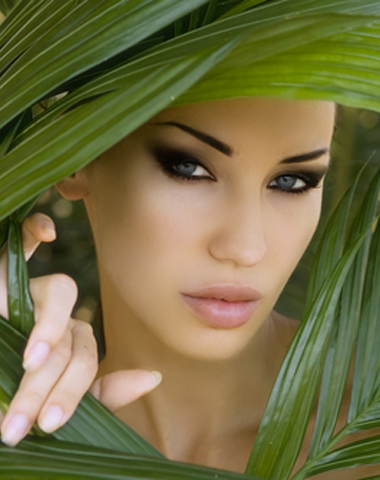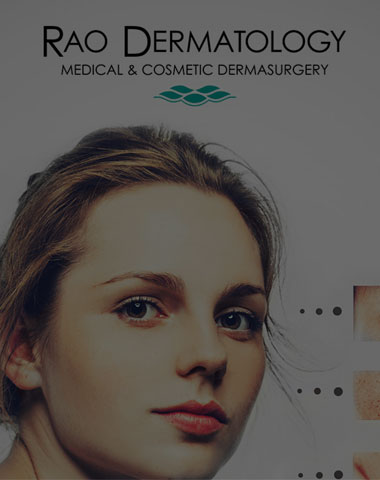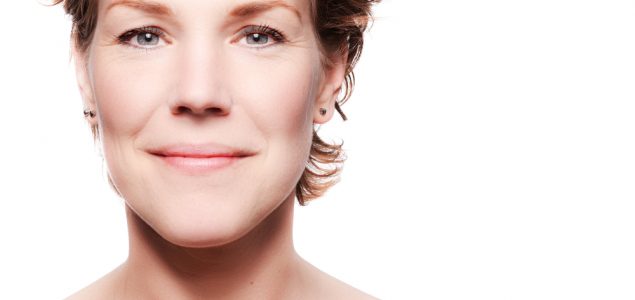 Age spots – the flat spots of brown, gray, or black that show up on your skin, typically as you age – go by many names: age spots, sun spots, solar lentigo (“lentil-shaped spots”), senile freckles, lentigo senilis (the clinical, Latin term), and liver spots. But despite its names, age spots are age spots (not to be confused with melasma).
Age spots – the flat spots of brown, gray, or black that show up on your skin, typically as you age – go by many names: age spots, sun spots, solar lentigo (“lentil-shaped spots”), senile freckles, lentigo senilis (the clinical, Latin term), and liver spots. But despite its names, age spots are age spots (not to be confused with melasma).
But what exactly are they?
We know finding weird spots on your skin can be scary – especially when you don’t know what they are – but age spots are typically harmless. Very similar to freckles (hence the name senile freckles/lentigo senilis), age spots are flat, they don’t have a texture because they’re just a discolouration and they don’t hurt. Usually oval shaped, they tend to cluster together on your hands, face, shoulders, arms, upper chest, and back – all the places that get the most sun (or UV exposure like in a tanning bed).
Age spots are not skin cancer, but they can look similar, so if you’ve got a new and unusually shaped spot on your skin, get checked out by a dermatologist.
Is it just age that causes them or can I prevent them?
Both the names age spots and liver spots are misnomers – neither your age nor your liver cause these spots. While they tend to come with age, they’re not caused by age, they’re caused by repeated sun exposure – that’s right, the older you get, the more you’ve been exposed to the sun, which is why they’re called age spots (it’s correlation not causation).
UV exposure amps up melanin production and age spots are the accumulation of melanin concentrated on the skin – basically an excess of skin pigment. Anyone can get age spots, but it occurs more often in people over 40 years old, people with pale skin, and people with a history of UV exposure (the sun or tanning beds). Total prevention is virtually impossible, but you can reduce your risk of getting age spots by wearing sunscreen daily with UVA and UVB protection with a minimum 15 SPF (even in winter), staying out of the sun during the strongest hours (10am – 3pm), wearing sun-safe clothing, and allowing sunscreen at least 30 minutes to absorb before heading outside or into a pool.
If it doesn’t hurt, do I need to treat it?
Treating age spots is 100% a personal choice though many seek treatment so they can feel good about themselves – no one likes have brown spots – especially on their faces. Treatment can boost your self-esteem, improve the health of your skin, and make you less self-conscious. Generally, most people feel treatment is worth it.
What kind of treatments work for age spots?
At Rao Dermatology, we have a number of treatments that work well for age spots, but we customize our treatments to suit your specific skin needs rather than just one concern. Some of the most effective treatments we offer are chemical peels, microdermabrasion, and laser facials. Depending on your goals, your skin, and your budget, our team can create a treatment plan tailored specifically for you.
Contact us today for your free consultation.

